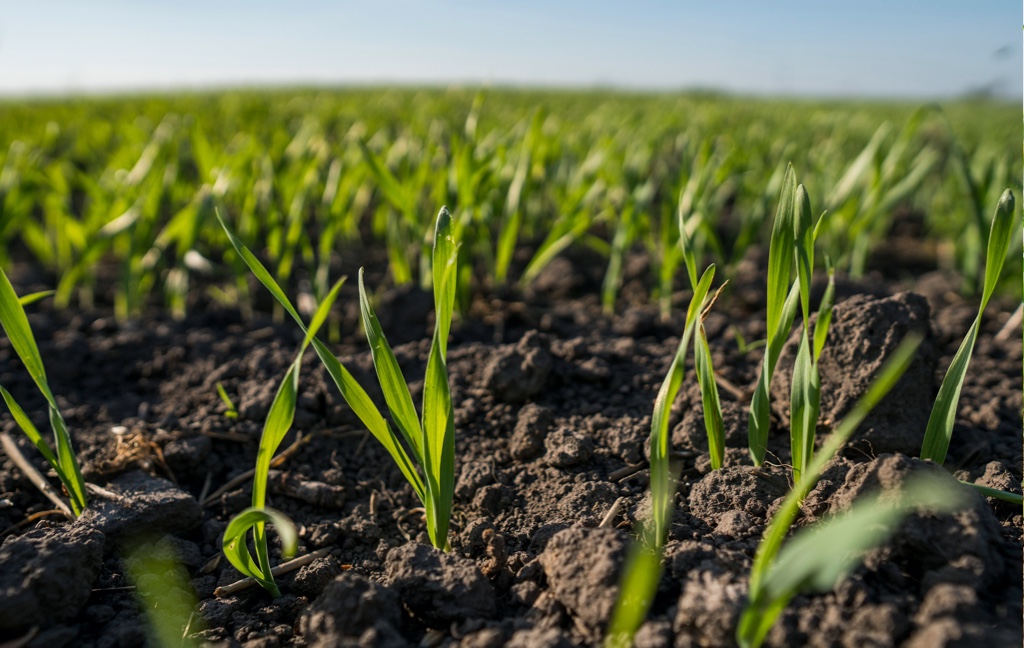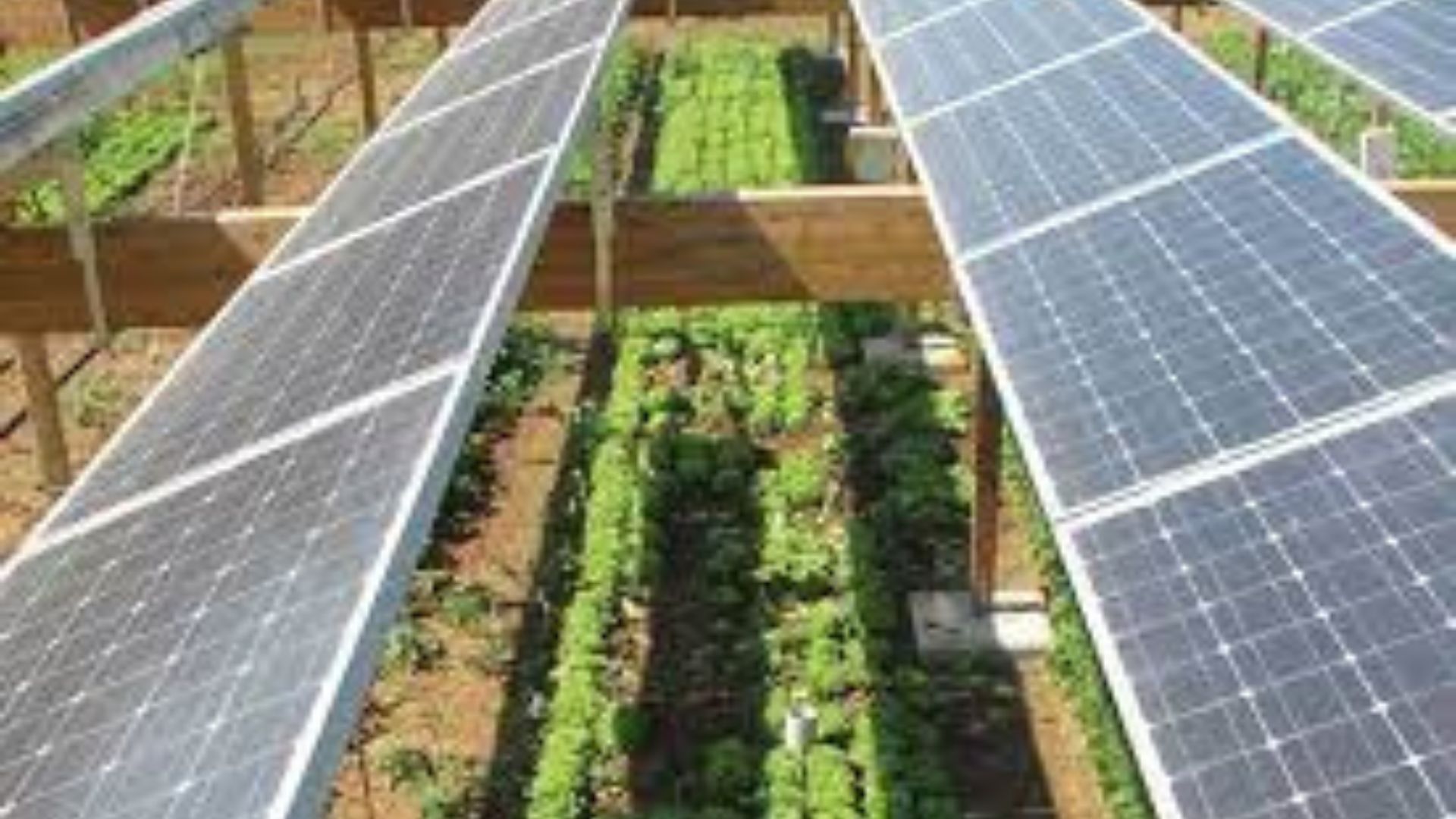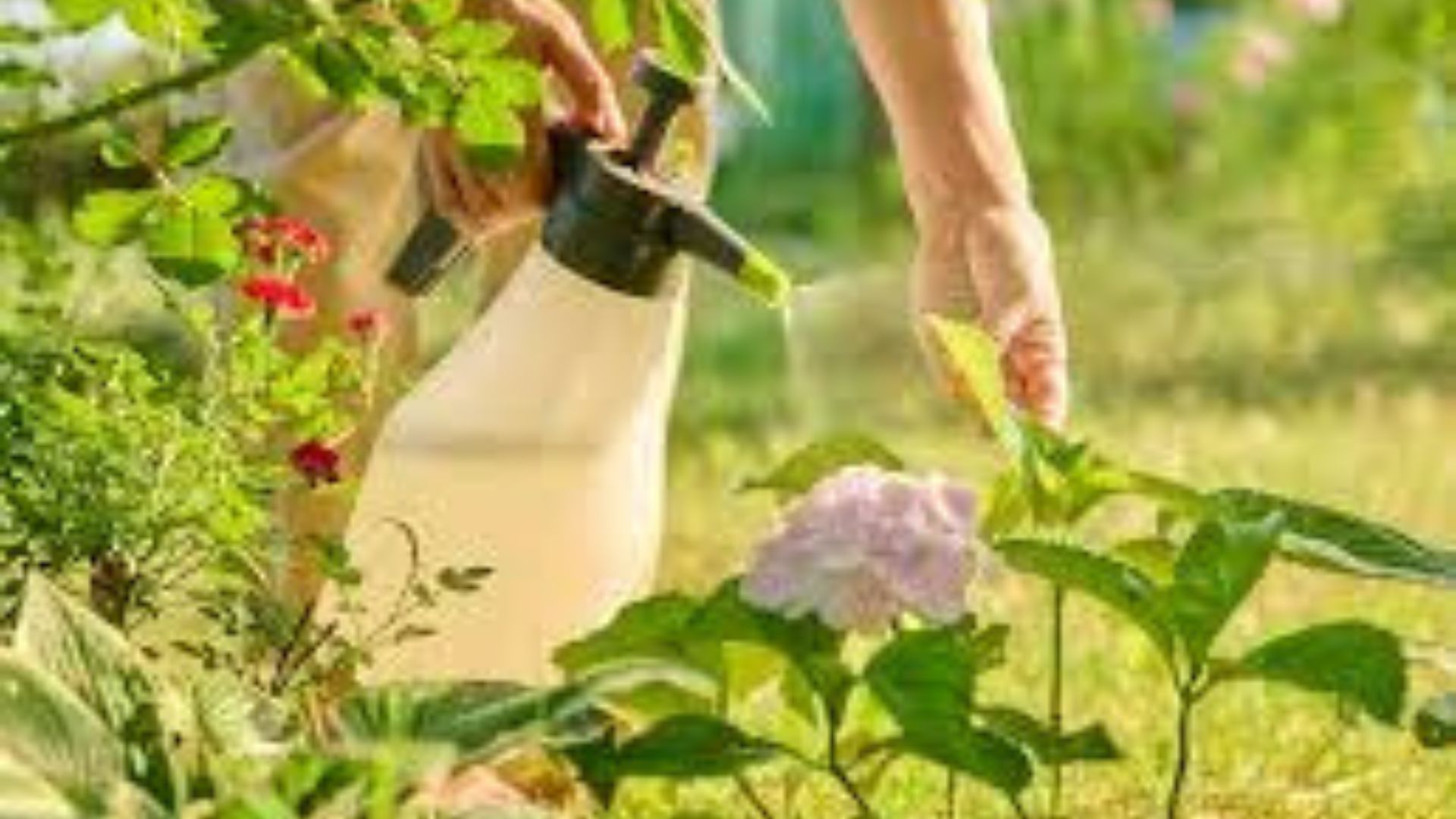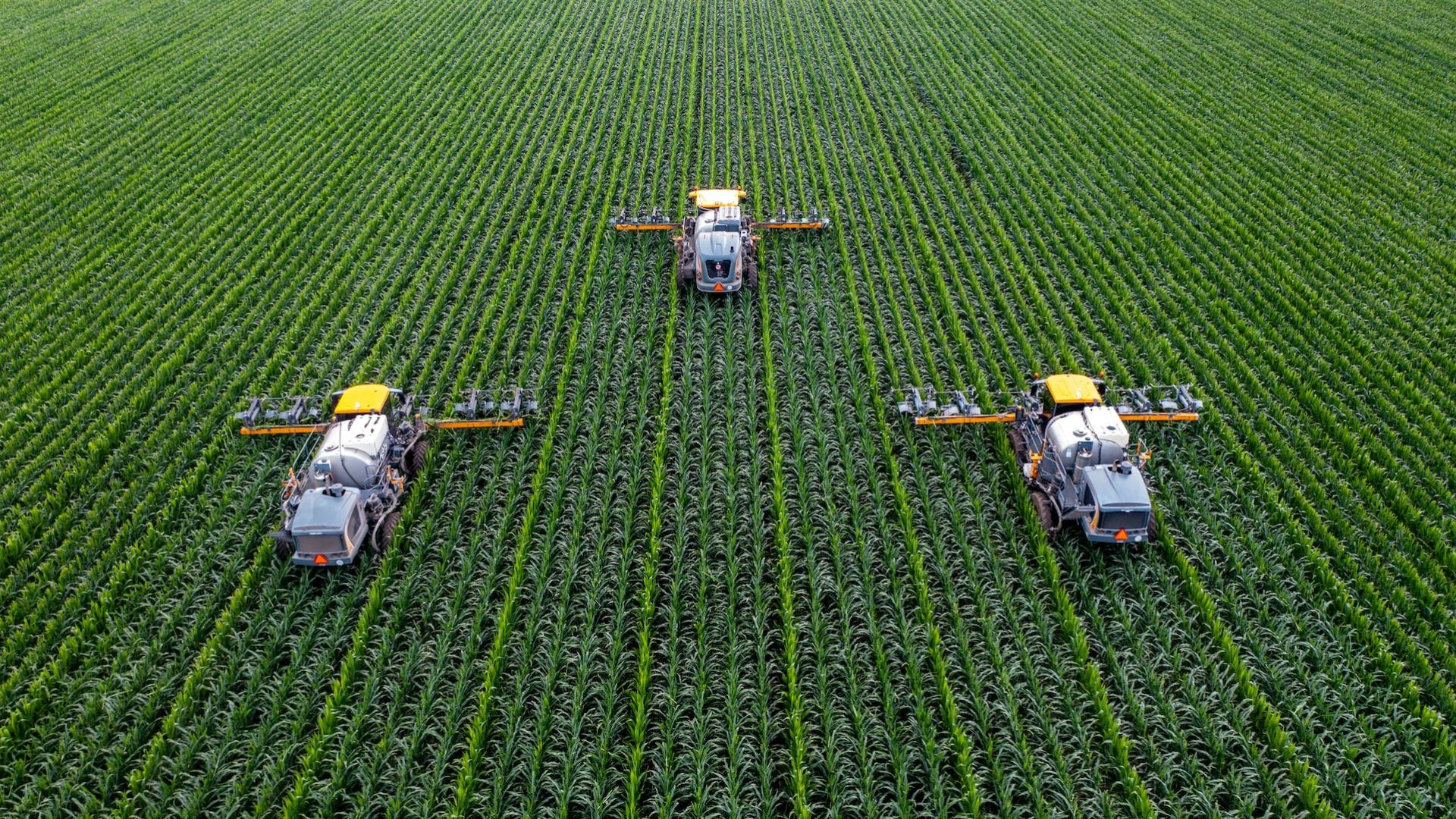Implementing crop rotation for healthy soil is a proven way to maintain fertility, reduce pests, and enhance overall farm productivity. Rotating different crops on the same land prevents nutrient depletion and disrupts pest cycles, leading to more sustainable farming practices. Whether you run a small garden or a large farm, understanding crop rotation can significantly improve soil health and crop yields over time.

What Is Crop Rotation and Why Is It Important?
Crop rotation involves planting different types of crops sequentially on the same plot over various growing seasons. Instead of growing the same crop year after year, farmers alternate crops with different nutrient needs and pest resistances. This practice prevents the buildup of pathogens and insect pests that target specific plants. Additionally, it helps balance soil nutrients by alternating heavy feeders with nitrogen-fixing crops, ultimately enhancing soil structure and fertility.
How Crop Rotation Improves Soil Fertility
One of the main benefits of crop rotation for healthy soil is nutrient management. For example, legumes such as beans and peas fix atmospheric nitrogen into the soil, enriching it naturally. Following legumes with nitrogen-demanding crops like corn or tomatoes reduces the need for synthetic fertilizers. Moreover, deep-rooted crops like carrots or radishes help break up compacted soil layers, improving aeration and water infiltration. This diversity promotes a dynamic soil ecosystem, encouraging beneficial microorganisms that support plant growth.
Crop Rotation and Pest Management
Pests and diseases often specialize in attacking specific crops. By regularly changing what is planted in each area, crop rotation interrupts these pest life cycles. For instance, rotating between leafy greens and root vegetables can reduce infestations of soil-borne diseases and insects. It also limits weed growth, as different crops compete with weeds differently. Incorporating cover crops between main crops adds another layer of protection by suppressing weeds and supporting natural predators of pests.
Planning Your Crop Rotation System
To implement effective crop rotation for healthy soil, group your crops into categories based on their family or nutrient requirements. Common groups include legumes, leafy greens, root vegetables, and fruiting plants. Rotate each group in a planned sequence—typically every 2-4 seasons—to maximize soil benefits. Keep detailed records of what you plant and where, to avoid repeating the same crop in the same spot too soon. Starting small and gradually expanding your rotation plan helps you learn what works best for your farm.
Incorporating Cover Crops in Rotation
Cover crops like clover, rye, or vetch play an essential role in crop rotation systems. These plants protect the soil during off-seasons, preventing erosion and nutrient loss. When incorporated into the soil as green manure, cover crops add organic matter and boost microbial activity. Their roots help maintain soil structure and enhance water retention. Including cover crops in your rotation plan strengthens soil health and sets the stage for successful main crops.
Long-Term Benefits of Crop Rotation
Practicing crop rotation for healthy soil leads to sustainable farming with reduced dependence on chemical inputs. Over time, soil fertility improves, pest pressures decrease, and crop yields stabilize or increase. Healthy soil also sequesters more carbon, contributing to climate change mitigation. Furthermore, diverse crop rotations promote biodiversity both above and below ground, creating a more resilient farm ecosystem. These benefits make crop rotation a cornerstone of eco-friendly agriculture.
Conclusion: Rotate Crops, Reap Rewards
Incorporating crop rotation for healthy soil is a simple yet powerful strategy to maintain a thriving farm or garden. By alternating crops thoughtfully, you protect your soil, reduce pests, and improve nutrient cycling naturally. Planning and consistency are key, but the rewards include healthier plants, higher yields, and a more sustainable future for your land. Start rotating your crops today and watch your soil—and your harvest—flourish.










